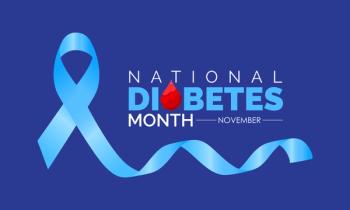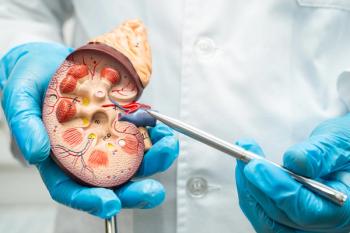
Children With Autism Are More Likely to Be Diagnosed with Leukemia, Study Finds
Key Takeaways
- Children with ASD have a 49% increased risk of leukemia, potentially due to co-occurring conditions or birth defects.
- ASD affects brain development, influencing social interaction, cognition, and communication, and is linked to various comorbidities.
This association was also observed in siblings of children with autism spectrum disorder.
Children with autism spectrum disorder (ASD) are 49% more likely to be diagnosed with leukemia, according to data published in Epic Research. These findings build on prior research exploring the relationship between cancer and ASD, which find that the increased risk of cancer may be attributable to presence of co-occurring conditions or birth defects.1
In the United States, approximately 1 in 36 children are diagnosed with ASD, underscoring the crucial need for research to deepen understanding of the disorder and its comorbidities. ASD is a bio-neurological developmental disability that affects brain development, altering the functioning of brain regions involved in social interaction, cognitive processes, and communication.2,3
ASD is associated with various comorbidities not limited to neurological, such as epilepsy or cerebral palsy, sleep, and gastrointestinal disorders, which occur in about 46% to 84% of patients. Patients with ASD may experience consistent neuroinflammation, altered inflammatory responses, and immune abnormalities. These factors have significant impacts on overall health and can lead to other health complications, including an increased risk of cancer.4
In one study, researchers identified that patients with neurodevelopmental disorders have increased mutation load in genes that drive cancer. Their assessment found that signaling strength plays a significant role in cancer development, noting that stronger signaling promotes cell proliferation in cancer and weaker signaling impacts differentiation in ASD.5
Considering these data, investigators assessed over 7000 children with ASD to explore the relationship between ASD and leukemia. The study included 7075 children born between September 30, 2006, and September 30, 2018, who were observed through September 30, 2024. They also studied an additional 2385 children to assess leukemia risk in siblings of children with ASD. The data were adjusted for patient race, ethnicity, sex, Social Vulnerability Index quintile, and Rural-Urban Commuting Area score. For the sibling analysis, they adjusted for birth order.1
According to the study results, the investigators reported that children diagnosed with ASD are 49% more likely to develop leukemia. An increased likelihood of leukemia of 18% was also observed in siblings of children with ASD; however, this was not statistically significant.1
These findings emphasize the critical need for continued research into the health challenges associated with ASD. Understanding the link between ASD and conditions like leukemia can lead to better care strategies and targeted interventions. By addressing these risks, we can improve health outcomes and enhance the quality of life for individuals with ASD and their families.
REFERENCES
1. Bartelt K, Sandberg N, Gracianette M, Higgs E. Children with autism spectrum disorder (ASD) more likely to be diagnosed with leukemia than those without ASD. Epic Research. December 19, 2024. Accessed on January 7, 2025. https://epicresearch.org/articles/children-with-autism-spectrum-disorder-asd-more-likely-to-be-diagnosed-with-leukemia-than-those-without-asd
2. Data and statistics on autism spectrum disorder. CDC. May 19, 2024. Accessed January 7, 2025. https://www.cdc.gov/autism/data-research/index.html
3. Understanding the connection between genetic risk and brain cell activity in autism spectrum disorder. Pharmacy Times. June 6, 2024. Accessed January 7, 2025. https://www.pharmacytimes.com/view/understanding-the-connection-between-genetic-risk-and-brain-cell-activity-in-autism-spectrum-disorder
4. Al-Beltagi M. Autism medical comorbidities. World J Clin Pediatr. May 9, 2021. doi: 10.5409/wjcp.v10.i3.15
5. Yavuz B, Arici M, Demirel H, et al. Neurodevelopmental disorders and cancer networks share pathways, but differ in mechanisms, signaling strength, and outcome. npj Genomic Medicine. November 4, 2023. doi:10.1038/s41525-023-00377-6
Newsletter
Stay informed on drug updates, treatment guidelines, and pharmacy practice trends—subscribe to Pharmacy Times for weekly clinical insights.


















































































































































































































